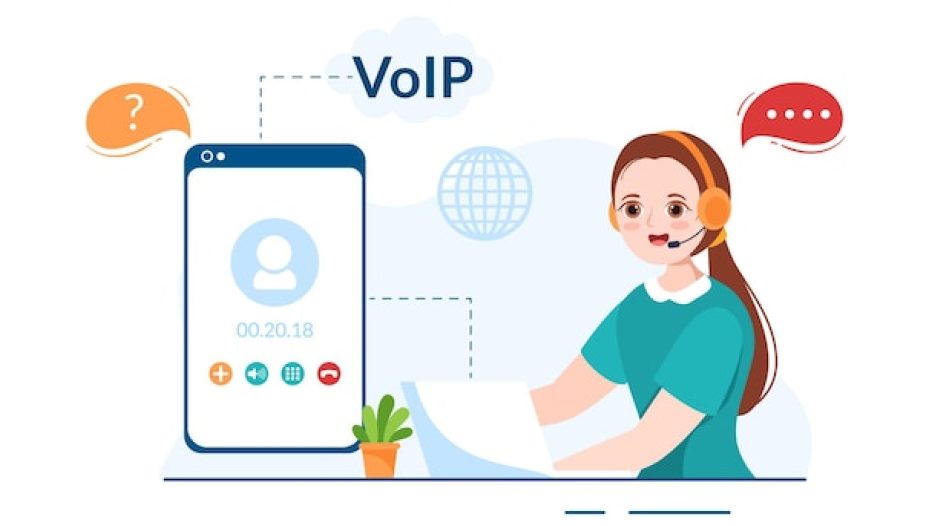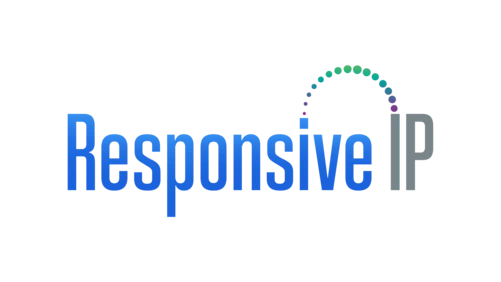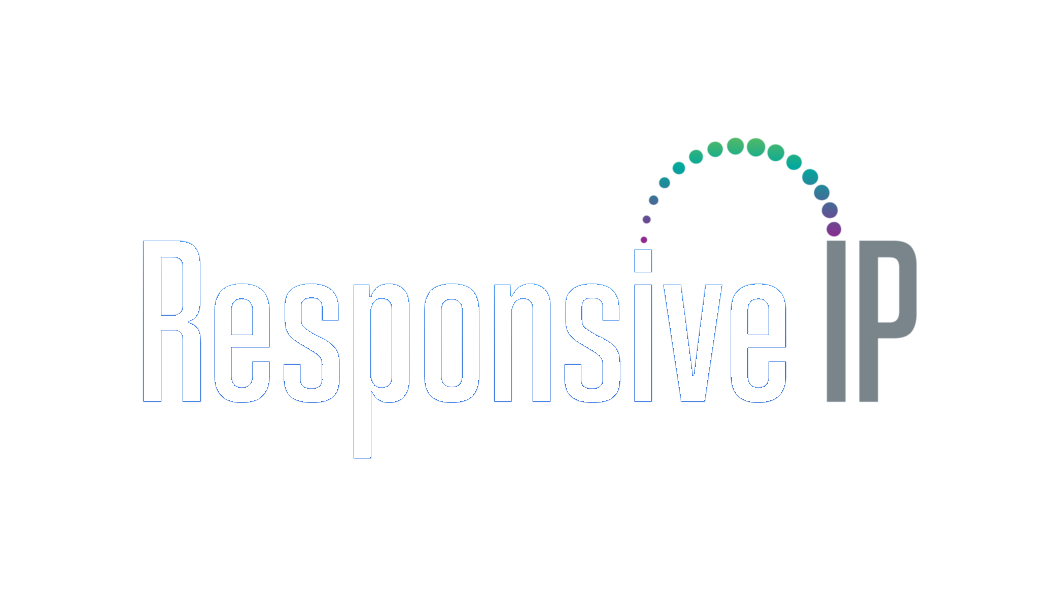How Much Data Does a VoIP Call Use?

VoIP, or Voice over Internet Protocol, has become an integral part of modern communication, revolutionizing the way we connect with others. As the popularity of VoIP calls continues to soar, many users are curious about the data consumption associated with these calls. In this article, we’ll delve into the intricacies of VoIP data usage, exploring factors influencing consumption, estimating data needs, and providing practical tips to optimize usage.
I. Introduction
A. Definition of VoIP
VoIP refers to the transmission of voice communications over the internet, converting analog audio signals into digital data packets. Unlike traditional telephone systems, VoIP utilizes internet connectivity for communication.
B. Growing Popularity of VoIP Calls
With the rise of remote work and the increased reliance on digital communication, VoIP calls have gained immense popularity. Individuals and businesses alike now prefer the flexibility and cost-effectiveness of VoIP systems.
C. Importance of Understanding Data Usage in VoIP Calls
To make informed choices about internet plans and ensure seamless communication, it’s crucial to comprehend how much data VoIP calls consume.
II. Factors Influencing VoIP Data Usage
A. Audio Quality Settings
The quality of audio during a VoIP call significantly affects data consumption. Higher audio quality settings result in increased data usage.
B. Codec Selection
Codecs play a pivotal role in compressing and decompressing audio signals. The choice of codec impacts both call quality and data usage.
C. Network Conditions
The stability and speed of your internet connection influence VoIP data consumption. Unstable connections may lead to data packet loss and increased usage.
D. Call Duration
The duration of a VoIP call directly correlates with data usage. Longer calls consume more data compared to shorter ones.
III. Estimating Data Consumption
A. Standard VoIP Call Data Usage
On average, a standard VoIP call consumes approximately 1 MB of data per minute. This is a baseline estimate that can vary based on the factors mentioned earlier.
B. High-Quality VoIP Call Data Usage
For high-quality VoIP calls, data consumption can increase to 1.5-2 MB per minute. Users opting for superior audio clarity should be mindful of the impact on their data plans.
C. Calculation Methods for Data Estimation
To estimate data needs accurately, consider the audio quality settings, codec in use, and the expected call duration. Various online calculators can assist in this process.
IV. Tips to Minimize VoIP Data Usage
A. Optimize Audio Quality
Balance audio quality with data efficiency by adjusting settings based on your communication needs. Opt for standard quality when high clarity is not essential.
B. Choose Efficient Codecs
Experiment with different codecs to find the right balance between call quality and data consumption. Some codecs prioritize compression, reducing data usage without compromising quality.
C. Ensure Stable Network Connection
A stable and high-speed internet connection is crucial for efficient VoIP calls. Address network issues promptly to minimize data packet loss.
D. Monitor Call Duration
Being mindful of call duration not only saves time but also conserves data. Encourage brief and focused communication when possible.
V. Impact of VoIP Data Usage on Internet Plans
A. Understanding Bandwidth Requirements
Different internet plans offer varying levels of bandwidth. Understanding your plan’s bandwidth capacity is essential for uninterrupted VoIP communication.
B. Compatibility with Different Internet Speeds
VoIP is adaptable to different internet speeds, making it accessible across a wide range of internet plans. However, higher speeds contribute to better call quality.
VI. Comparing VoIP Data Usage Across Platforms
A. Skype
Skype is renowned for its efficient data usage, making it suitable for users with limited data plans. It optimizes compression without compromising call quality.
B. Zoom
Zoom’s data consumption varies based on the quality settings and the number of participants. Users can adjust settings to meet their data constraints.
C. Microsoft Teams
Microsoft Teams offers a balance between call quality and data efficiency. Users can customize settings to align with their preferences and internet plans.
D. Google Meet
Google Meet is designed for accessibility, offering low data consumption without compromising on call quality. It’s suitable for users with diverse internet plans.
VII. Future Trends in VoIP Technology
A. Advancements in Compression Algorithms
Ongoing advancements in compression algorithms aim to further reduce VoIP data usage while maintaining or enhancing call quality.
B. Integration with 5G Networks
The integration of VoIP with 5G networks promises enhanced speed and reliability, influencing the future landscape of data consumption.
C. Enhanced Audio Quality Innovations
Innovations in audio processing technologies seek to improve call quality without significantly increasing data usage, catering to user preferences.
VIII. Addressing Common Misconceptions
A. Myth: VoIP Calls Consume Too Much Data
Contrary to popular belief, VoIP calls are designed to be data-efficient. With optimal settings and choices, users can enjoy quality communication without excessive data usage.
B. Fact: Efficient Data Usage in Modern VoIP Systems
Modern VoIP systems prioritize efficient data usage, leveraging advanced technologies to minimize consumption while delivering clear and reliable communication.
IX. VoIP Data Usage and Remote Work
A. Impact on Remote Work Communication
VoIP plays a vital role in remote work communication, offering a cost-effective and reliable solution for virtual collaboration.
B. Strategies for Efficient VoIP Usage in Remote Work
Remote workers can optimize VoIP usage by following data-efficient practices and selecting appropriate settings for their communication needs.
X. User Preferences and VoIP Data Consumption
A. Preferences for Audio Quality
Understanding user preferences for audio quality helps in tailoring VoIP settings to meet individual expectations, balancing quality with data efficiency.
B. Balancing Quality and Data Efficiency
VoIP users often face the challenge of balancing audio quality and data efficiency. Striking the right balance ensures a satisfactory communication experience.
XI. Security Considerations in VoIP Data Transmission
A. Encryption Protocols
Ensuring the privacy and security of VoIP calls involves the use of robust encryption protocols. Users should be aware of the security measures in place.
B. Ensuring Privacy in VoIP Calls
VoIP service providers implement privacy measures to safeguard user data, emphasizing the importance of choosing reputable providers for secure communication.
XII. The Evolution of VoIP Standards
A. From Traditional Telephony to VoIP
The transition from traditional telephony to VoIP has been marked by advancements in technology, enabling more efficient and cost-effective communication.
B. Standards Governing VoIP Data Transmission
VoIP systems adhere to established standards that govern data transmission, ensuring interoperability and a seamless user experience.
XIII. Challenges and Solutions in VoIP Data Management
A. Addressing Call Drops and Quality Issues
Challenges such as call drops and quality issues can be mitigated through regular system maintenance and prompt resolution of technical issues.
B. Innovative Solutions for VoIP Data Challenges
The industry continues to develop innovative solutions to address challenges related to VoIP data usage, enhancing the overall user experience.
XIV. The Role of VoIP Providers in Data Efficiency
A. Responsibility of Service Providers
VoIP service providers play a crucial role in optimizing data efficiency. Users should choose providers committed to delivering quality service while minimizing data consumption.
B. User Education Initiatives
Educational initiatives by VoIP providers can empower users to make informed choices, ensuring they understand how to manage and optimize their data usage effectively.
XV. Conclusion
A. Summary of Key Points
Understanding the factors influencing VoIP data usage, estimating consumption, and implementing data-efficient practices are vital for users seeking a seamless communication experience.
B. The Future Landscape of VoIP Data Usage
As technology evolves, the future of VoIP data usage holds promise with advancements in compression algorithms, integration with 5G, and innovations in audio quality.
FAQs
- Can I use VoIP on a slow internet connection? Yes, VoIP is adaptable to different internet speeds, but higher speeds contribute to better call quality.
- How much data does a standard VoIP call consume? On average, a standard VoIP call consumes approximately 1 MB of data per minute.
- Are there security concerns with VoIP calls? VoIP calls implement encryption protocols to ensure privacy and security. Choose reputable providers for secure communication.
- What are the future trends in VoIP technology? Future trends include advancements in compression algorithms, integration with 5G networks, and innovations in audio quality.
- How can I optimize VoIP usage for remote work? Remote workers can optimize VoIP usage by following data-efficient practices and selecting appropriate settings for their communication needs.
 VoIP, or Voice over Internet Protocol, has become an integral part of modern communication, revolutionizing the way we connect with others. As the popularity of VoIP calls continues to soar, many users are curious about the data consumption associated with these calls. In this article, we’ll delve into the intricacies of VoIP data usage, exploring factors influencing consumption, estimating data needs, and providing practical tips to optimize usage.
VoIP, or Voice over Internet Protocol, has become an integral part of modern communication, revolutionizing the way we connect with others. As the popularity of VoIP calls continues to soar, many users are curious about the data consumption associated with these calls. In this article, we’ll delve into the intricacies of VoIP data usage, exploring factors influencing consumption, estimating data needs, and providing practical tips to optimize usage.
